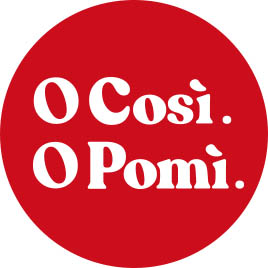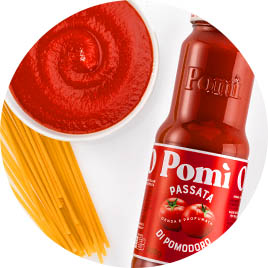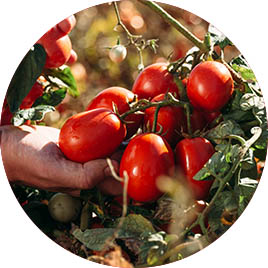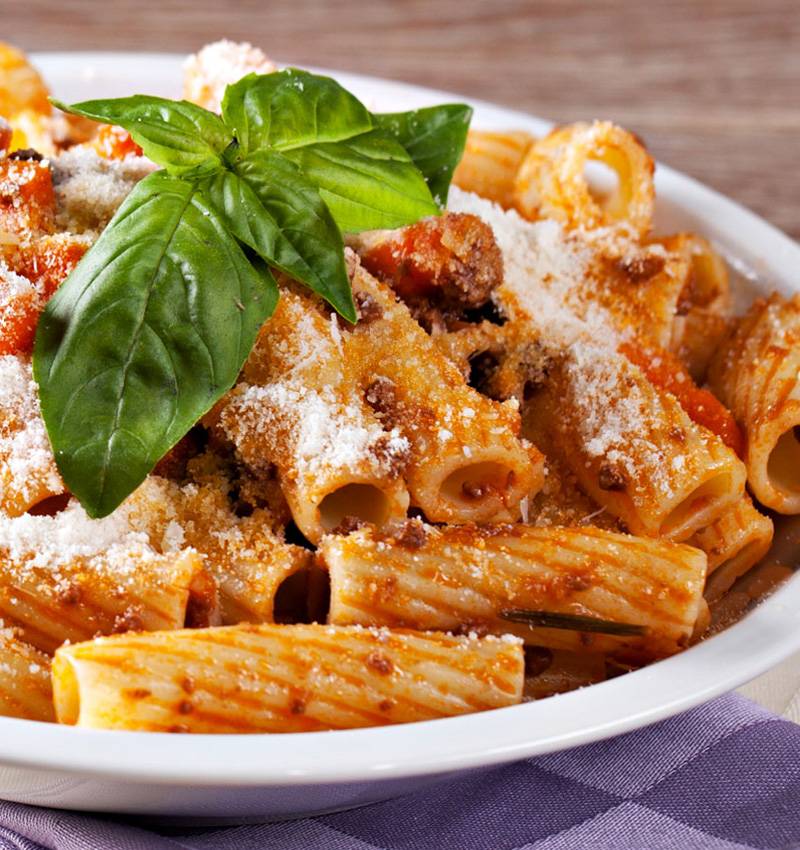Maccheroni, Maccaroni, Macaronis. A classic Italian dish with a complex origin.
It dates back to the Greek word makròn, long, makarìa, a dish made of soup and barley meal, or macàr, food of the blessed.
The word spread from Magna Grecia and was used to describe every kind of pasta until the Neapolitans, masters in the art of cooking maccheroni, removed any doubt.
Maccheroni are “those longnarrow tubes of pasta which are cooked in water and eaten dressed with cheese and tomato sauce”.
The most appreciated traditional recipe remains – pummarola (a simple tomato sauce), cacio cheese and a sprinkling of pepper – until 1830, when the dish was described as such in the British “Penny Magazine of Useful Knowledge”.
In the 13th century, maccheroni appeared in the will of a soldier who left a “bariscellauna plena de macaronis” as inheritance.
The first photos which showed maccheronari, travelling salesmen who cooked this healthy and nutritious meal at street corners, appeared in the 19th century.
However, maccheroni had already shot to international stardom in the 16th century.
First at the Court of France, “exported" by Bartolomeo Sacchi, a gastronomer who was ahead of his time and better known as Platina and by Caterina de’ Medici. Later, in England, they appear in a technical dictionary and even in a play called “The Macaoni”.
In the 18th century, maccheroni are an authentic icon.
Besides culinary flair they also inspire songs, poems and sonnets…
Literary maccheroni
Famous authors include Giacomo Casanova, crowned “Prince of the Maccheroni” thanks to hissonnet (1734):
“Chi mogliera vuol pigliare
E fan buono il desinare,
Deve fare un calderon
Tutto pien di Maccheron”.
Giacomo Leopardi and Gennaro Quaranta challenged each other with forkfuls of maccheroni.
The first mocks the Neapolitans for their exaggerated love of food (“... tutta in mio danno s'ama Napoli a gara alla difesa de' maccheroni suoi; ch'ai maccheroni anteposto il morir troppo le pesa”, 1835), (“…) the second… mocks Leopardi.
Curiosity
The literary goliardic style of “poetry” is established between the 15th and 16th century and one of its greatest exponents is Teofilo Folengo.
The term macaronic (from the Italian “maccheronico”) is still used to describe a pastiche, which mixes Latin and Italian words exchanging their endings, as opposed to a polished language.
To conclude, some original advice for literary Maccheroni, written by Gioacchino Rossini in 1855 and yet ever-contemporary.
“Delicious maccheroni require good pasta, excellent butter, tomato sauce and excellent parmesan cheese, and an intelligent person to cook, dress and serve them”.
We love Maccaroni!
And You?







